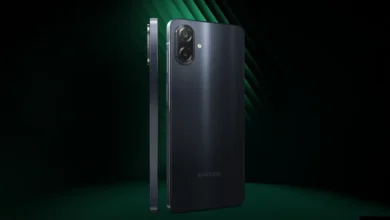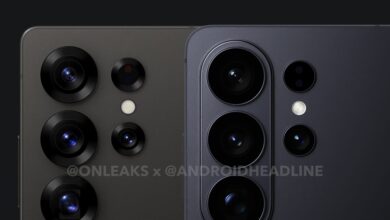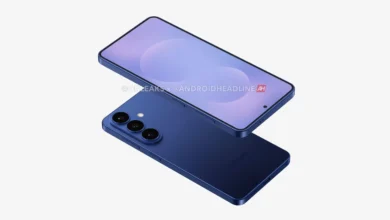Pixel 8a Specs Revealed: 120Hz Display, Tensor G3, and More

Google has recently introduced its latest Pixel 8 series, where it has showcased two phones, including the Google Pixel 8 and Pixel 8 Pro. Both of the devices belong to the high-range category, but now, as usual, Google has brought a new device, the Google Pixel 8a, which comes in an affordable range. Now that it’s launching, we already have some details about it; let’s explore it.
A new and improved display, yet again
The display is the most important component of the device, which has a full impact on the user experience. In the last Pixel 7a lineup, the company has introduced a significant update to the display, but Google had to limit the display to only 90 Hz. Now, with the upcoming Pixel 8a, the company has provided a 120 Hz refresh rate display with 1400 nits of peak HDR brightness.
Supports DisplayPort
As we previously discussed, Google could introduce mirror display support for pixel devices, which allows the device to use the device functions on big screens. To make this possible, the company has introduced DisplayPort output support. However, there are still a few possibilities similar to the Samsung DeX. As far as the working of the feature, it could be fully functional with the upcoming Android 15 update.
High performance with the latest tensor G3 SoC
According to the report, the Google Pixel will be equipped with the same SoC that was introduced in the Pixel 8 series, which means you will get professional-grade performance. However, in comparison to the last SoC tensor, G2, it will provide a little bit of performance enhancement.
Going into details, the Tensor G3 will prove to be an improved CPU for the company. It has replaced the old scores like the Cortex-X1 and Cortex-A55 cores with the late 2022 cores, which will offer enhanced power and more power efficiency. The company has also used a new setup for Coresas 1+4+4, which gives an extra CPU core.
However, there is a slight difference in processors that arrived in the Pixel 8a in comparison to the other Pixel 8 series devices. The chip has been clipped with the silicon diie inside; the chip is identical, but it is coated with plastic packages. On the other side, the regular G3 uses FOPLP (Fan-Out Panel Level Packaging).
As the Tesor chip is designed by the corporation of Google and Samsung, Samsung describes that IPoP is thicker and hotter than FOPLP, but it is also cheaper, which explains the decision.
Source – Android Authority



